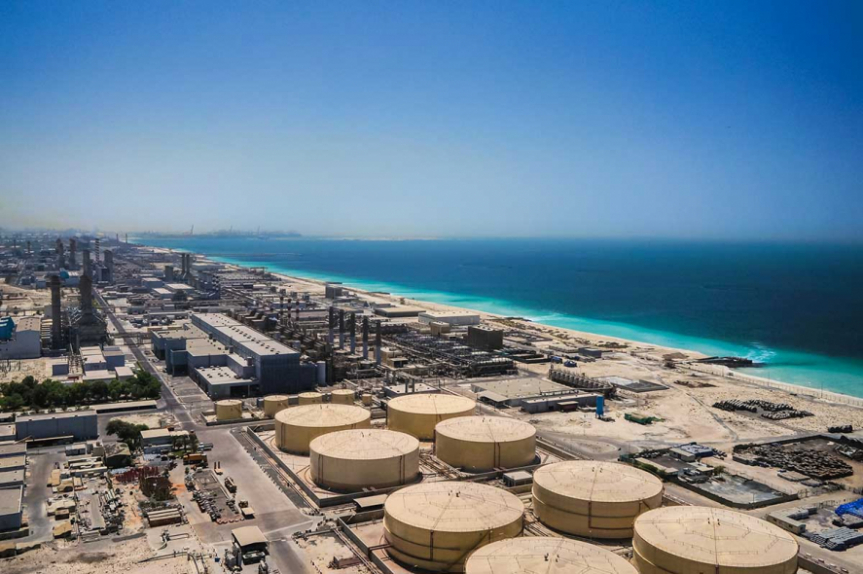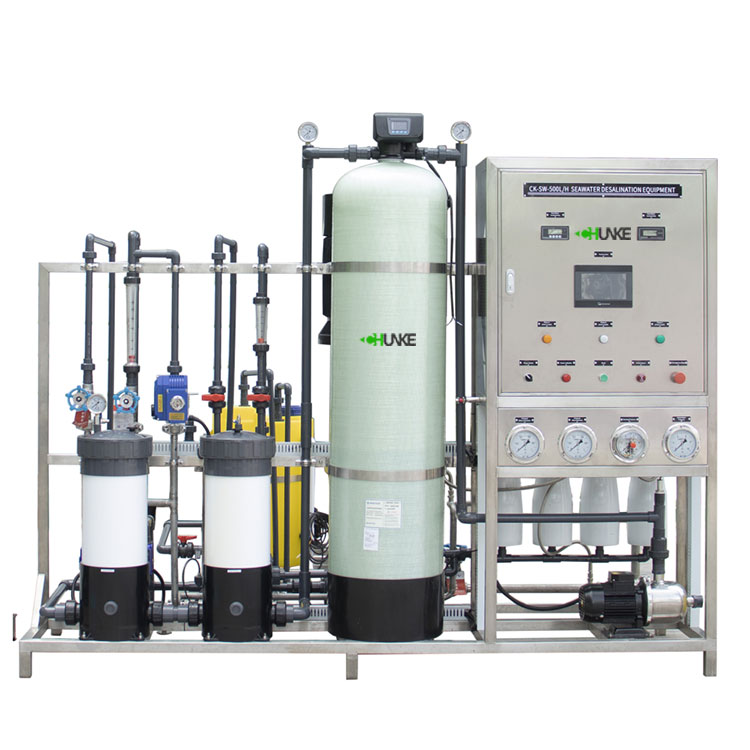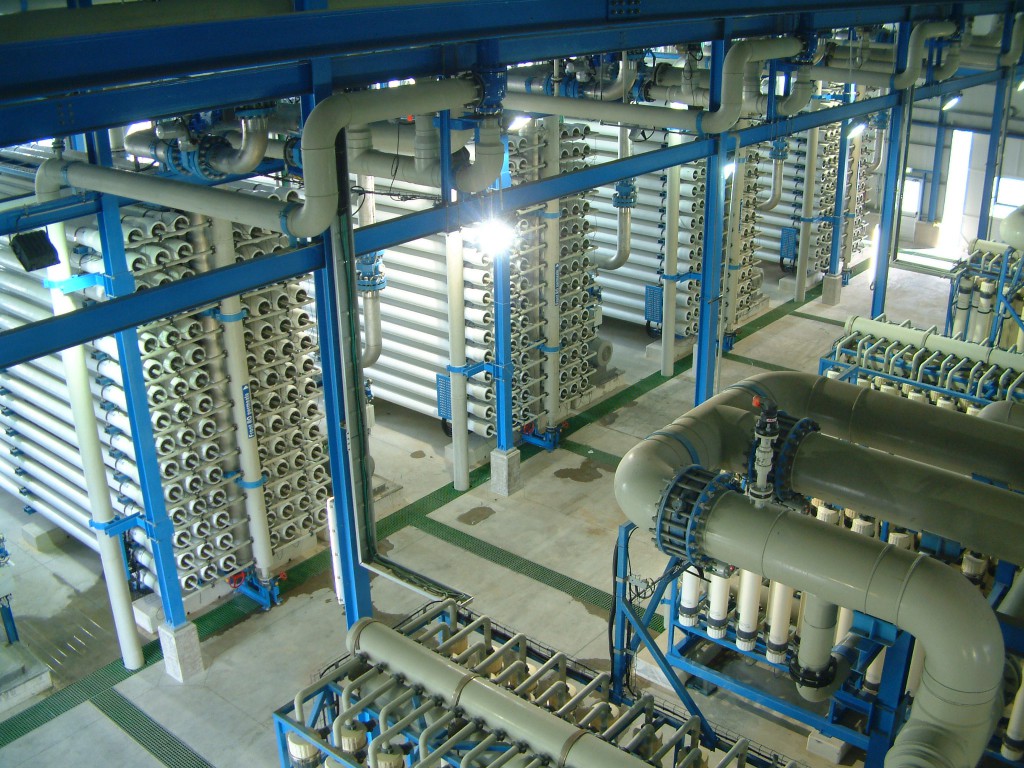Why is seawater desalination harmful to the environment?
Sea water desalination is a technology that removes salt from seawater, but the process produces harmful by-products that negatively impact the environment. The main concerns are the discharge of treated brine and the possible contaminants produced during the production process.
While sea water desalination plants produce drinking water, they also produce large amounts of brine, which contains high concentrations of salt and other chemicals. If these saltwaters are discharged directly into the ocean without proper treatment, they will cause serious damage to coastal ecosystems. High concentrations of salt water may cause the death of aquatic life, affect fishery resources, and damage marine ecological environments such as coral reefs.
In addition, during the seawater desalination process, chemicals such as chlorine and copper are often used to treat the water quality to prevent the growth of bacteria and microorganisms. However, these chemicals will also be carried into the desalinated water and contaminate the water source to a certain extent. This pollution may pose potential risks to human health, as well as impacts on the surrounding environment, particularly aquatic life and terrestrial ecosystems.
In summary, although seawater desalination technology can solve the problem of freshwater resource shortages, its potential harm to the environment also requires attention, and effective measures must be taken to mitigate its adverse effects on the environment.

How do sea water desalination plants handle by-products?
While sea water desalination plants produce fresh water, they must also process by-products, namely salt water and pollutant-containing wastewater. In order to reduce the negative impact on the environment, seawater desalination plants usually adopt the following methods to deal with by-products:
1. Salt water treatment: Salt water can be discharged into the deep sea or dried in salt fields to reduce its impact on the marine ecosystem. Deep-sea discharges need to ensure that the discharge point is far enough away from the coastline and that the brine is diluted during the discharge process to reduce the impact on marine life. The salt field drying process concentrates the salt water and allows it to evaporate, leaving behind salt solid waste.
2. Wastewater treatment: Wastewater containing pollutants such as chlorine and copper needs to be treated before it can be discharged or recycled. Treatment methods include chemical neutralization, biodegradation and other technologies to reduce pollution to water sources and the environment.
3. Energy recovery: Some advanced seawater desalination plants use energy recovery technology to reduce dependence on external energy and reduce production costs by recovering heat energy or pressure energy in wastewater.
Through these treatment methods, seawater desalination plants can minimize negative impacts on the environment and achieve sustainable use of resources.

What are the ecological impacts of sea water desalination technology?
Although sea water desalination technology solves the problem of fresh water resource shortage, its ecological impact cannot be ignored. This technology can have a range of impacts on the surrounding environment and ecosystems that need to be carefully considered and managed.
1. Destruction of marine ecosystems: Seawater desalination plants usually take water from the ocean, treat it, and then discharge brine and wastewater. These emissions may cause damage to the surrounding marine ecosystem and affect the habitat and living environment of marine life.
2. Salinity changes: High-concentration salt water discharged from sea water desalination plants may cause salinity changes in the surrounding sea areas, affecting the growth and reproduction of marine life. Some marine life is very sensitive to changes in salinity and may be threatened by this.
3. Water pollution: Seawater desalination plants may use chemicals to treat water quality during the production process, such as chlorine and copper. The discharge of these chemicals may pollute water quality, affect the ecological balance of surrounding waters, and pose potential risks to aquatic life and human health.
4. Energy consumption: seawater desalination plants require a large amount of energy to carry out the desalination process, which may lead to excessive consumption of fossil fuels and other energy sources, increase pressure on the environment, and also increase greenhouse gas emissions.

In summary, the ecological impact of sea water desalination technology is a complex and serious issue that needs to be considered and managed in technology development and engineering design. Future seawater desalination plants need to adopt more environmentally friendly treatment methods to reduce adverse effects on the surrounding environment and achieve a balance between economic benefits and environmental friendliness.






